1822
4th and Hospital Streets
As the 18th century drew to a close, space grew scarce in St. John’s Churchyard, Richmond’s de facto resting place. Anticipating this demand, the City of Richmond invested in property in an underdeveloped area north of the Court End section of downtown, then a fashionable residential area. The site sat opposite Hospital Street from the existing Hebrew Cemetery, founded in 1816. The cemetery opened its gates in 1822 with the imaginative title New Burying Ground.
The New Burying Ground occupied 4 acres at the north western corner of the current graveyard. The largest and oldest grouping of trees on the site remain here. Over the next few decades, the Cemetery expanded further, reaching its current size of nearly 13 acres in 1870. Along the way, it was renamed Shockoe Hill Cemetery.
As St. John’s Churchyard was to 18th century Richmond, Shockoe Hill was to the 19th. As the years passed, the cemetery amassed an impressive portfolio of Virginia notables, including Richmond’s First Mayor William Foushee, Governor William H. Cabell, Union Spy Elizabeth Van Lew, and herculean Portuguese immigrant turned Revolutionary War hero Peter Francesco. The highlight of the Cemetery’s museum quality collection is Chief Justice John Marshall, the longest serving Chief Justice and the establisher of judicial review.
Thankfully, each of these graves remains preserved and open to the public. Many other fine gravestones and intricate cast iron elements has survived as well. All graves were placed within an orderly master plan, a slight augmentation of a three by three grid. This arrangement respects the surrounding street grid by aligning the west entrance and path with Federal Street and south entrance with N. 3rd Street. This strict adherence to the neighborhood grid, reinforced by a planar wall on the surrounding street edge, characterize Shockoe Hill as a product of the Federal era and a direct descendant of the Colonial churchyard at St. John’s.
Towards the end of the 19th century and into the 20th, the dominance of Shockoe Hill was supplanted by the massive new burial grounds along the river to the south west, beginning with Hollywood Cemetery. Hollywood, Riverview, Mt. Calvary, and others brought romantic, winding cemetery landscapes into vogue. The divestment from Shockoe HIll was greatly exacerbated by the construction of Interstate 95 to the south and east and the Gilpin Court housing project to the west, beginning in the 1950s.
Recently, maintenence at Shockoe Hill has been improving, though still more time and attention will be required if it is to be preserved indefinitely. In response to this challenge, the Friends of Shockoe Hill Cemetery formed in 2006 with the goal of increasing exposure of and maintenance for this historic landmark. There is even talk of opening some portions of the grounds for new burials. With nearly 2 centuries of history behind it, Shockoe Hill Cemetery continues to continues to play an intimate role in the life and death of Richmond.
DOK
Friends of Shockoe Hill Cemetery
http://shockoehillcemetery.org/index.htm
https://www.facebook.com/ShockoeHillCemetery

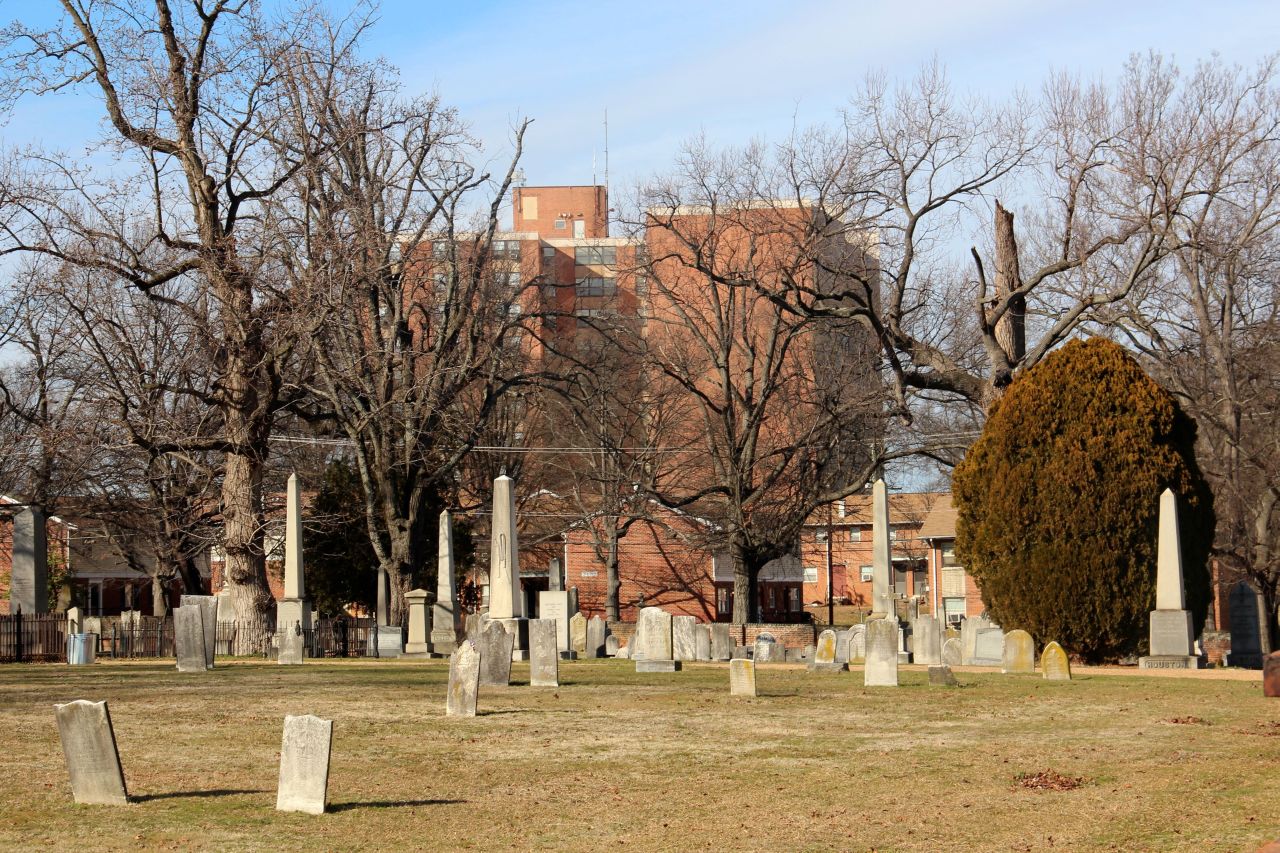
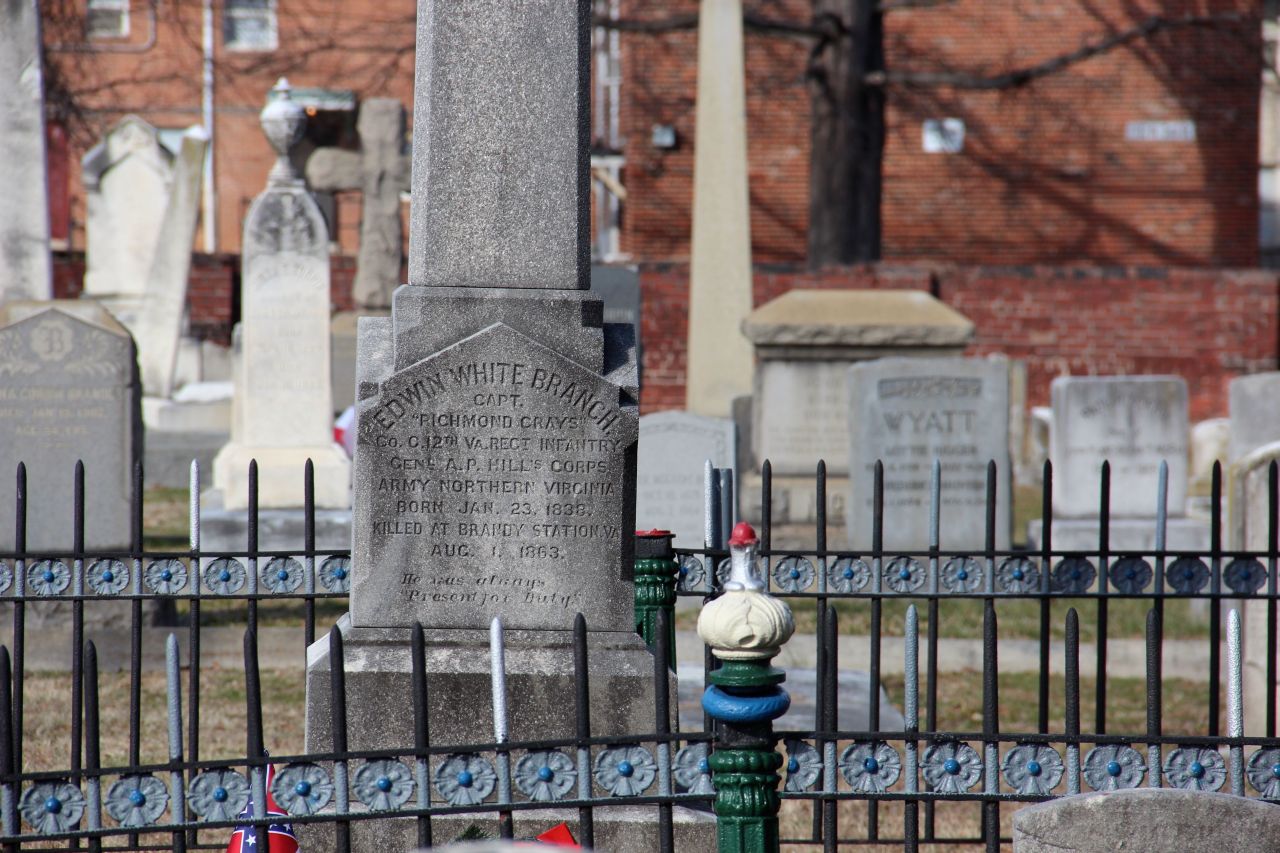
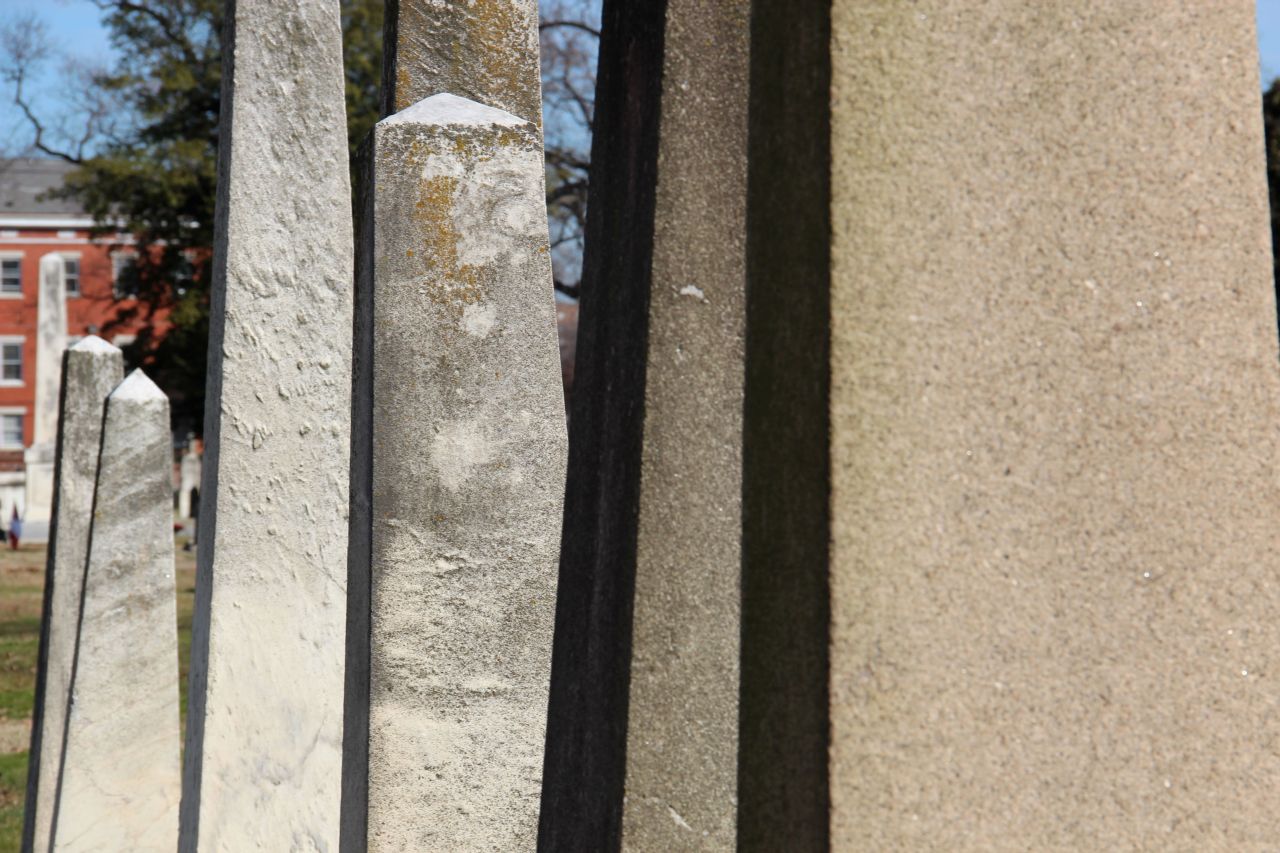

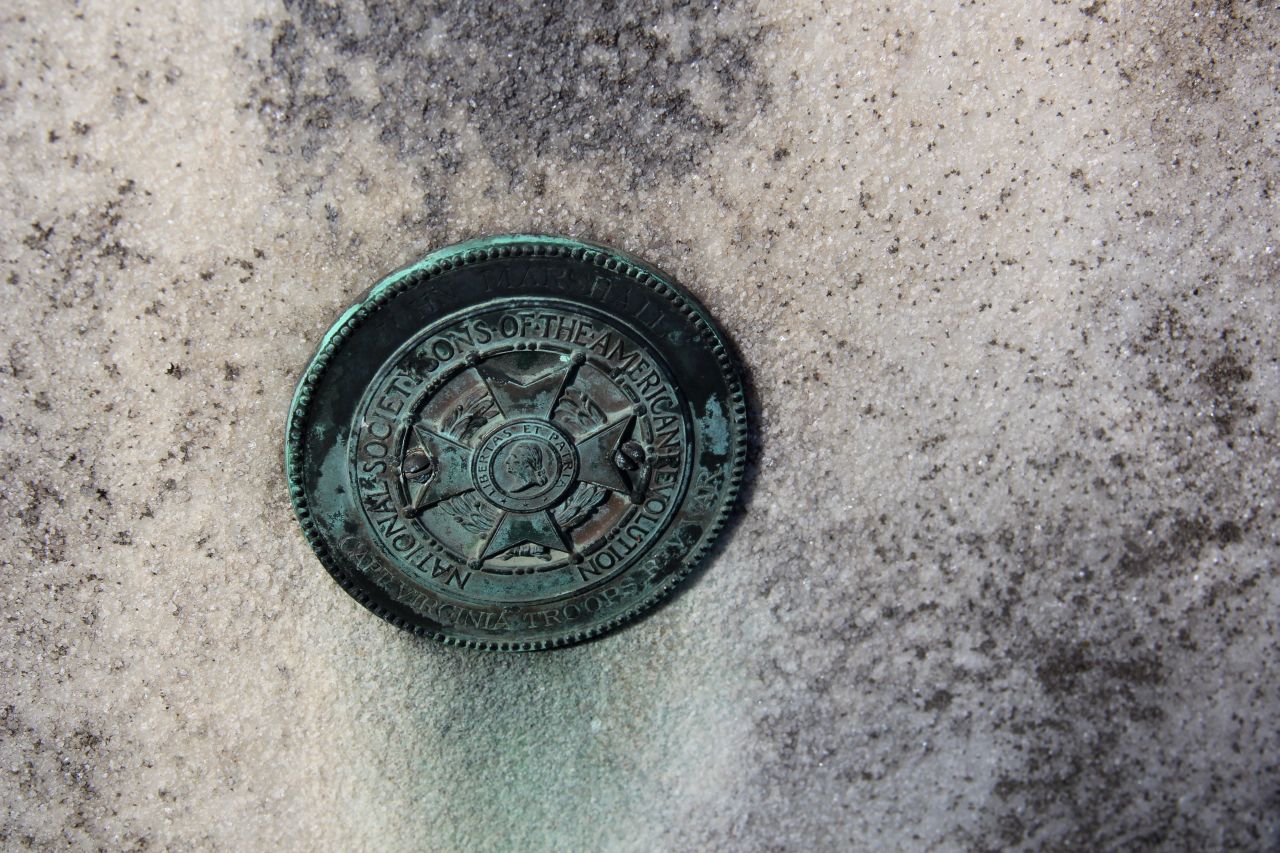
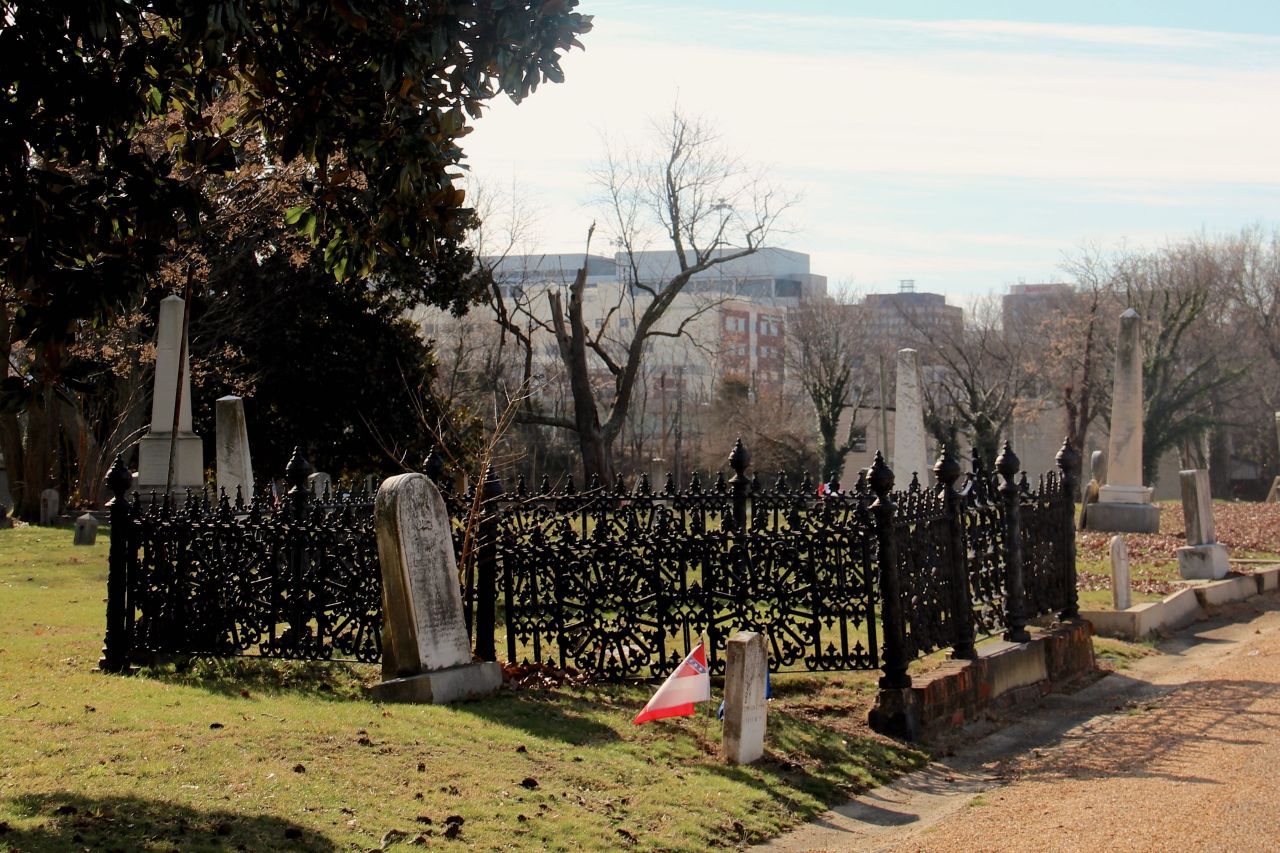

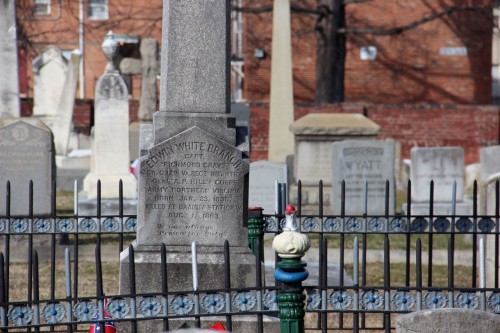

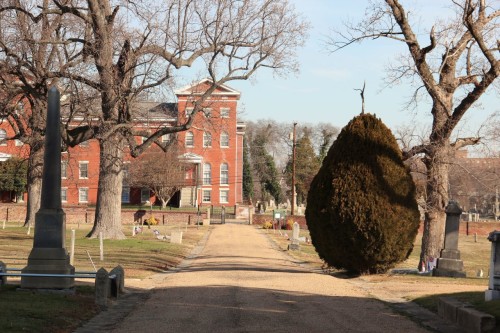
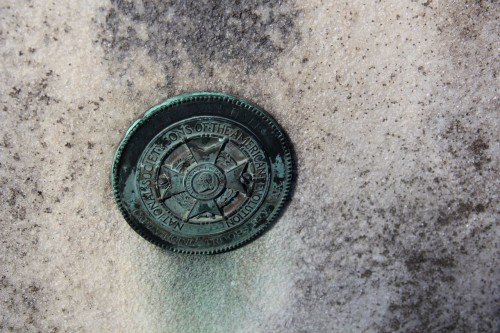

1 Comment
[…] becoming integrated with the urban residential district of Court End in the early 19th century. The Shockoe Hill Cemetery was founded here in 1820 and was followed shortly by the neighboring Hebrew […]
Write a Comment